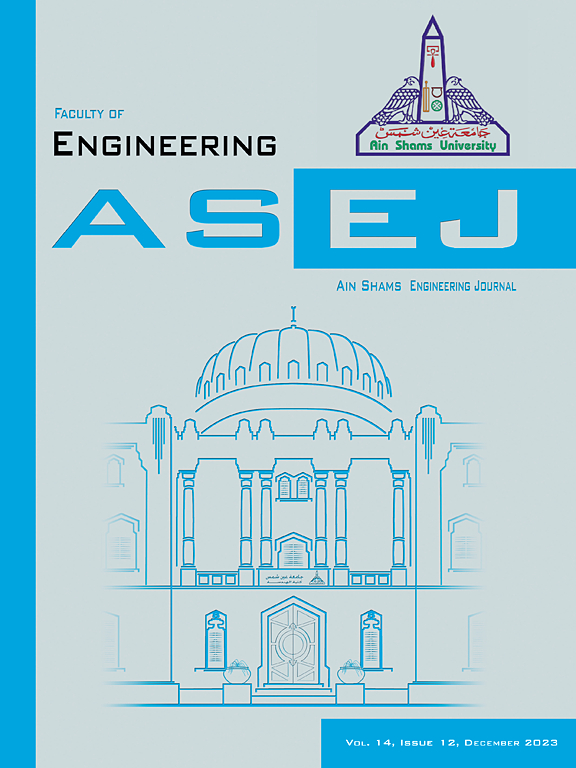Evaluating and enhancing thermal comfort and indoor air quality in a library building through measurement and simulation
IF 5.9
2区 工程技术
Q1 ENGINEERING, MULTIDISCIPLINARY
引用次数: 0
Abstract
Thermal comfort and indoor air quality (IAQ) are critical for occupant well-being and productivity. This study evaluates a library’s self-study reading room for adults and children’s learning center, aiming to optimize temperature and airflow conditions for different age groups. Methods included questionnaire surveys, field measurements, and Computational Fluid Dynamics (CFD) modeling. Findings revealed that occupants preferred cooler temperatures than standard Predicted Mean Vote (PMV) models predicted, with optimal conditions being 26 °C and 0.2 m/s for adults and 24 °C and 0.2 m/s for children. Installing a Total Heat Exchanger (THX) system reduced CO2 levels by approximately 200 ppm. CFD simulations identified CO2 distribution issues, leading to recommendations such as removing partition walls and rearranging desks to improve airflow. The study highlights the importance of tailored ventilation strategies to enhance IAQ and occupant comfort in diverse spaces, providing insights applicable to similar building environments.
通过测量和模拟评估和提高图书馆建筑的热舒适和室内空气质量
热舒适和室内空气质量(IAQ)对居住者的健康和生产力至关重要。本研究对某图书馆的成人自学阅览室和儿童学习中心进行了评估,旨在优化不同年龄段的温度和气流条件。方法包括问卷调查、现场测量和计算流体动力学(CFD)建模。研究结果显示,与标准预测平均投票(PMV)模型预测的温度相比,乘客更喜欢更低的温度,成人的最佳温度为26°C和0.2 m/s,儿童的最佳温度为24°C和0.2 m/s。安装全热交换器(THX)系统可减少二氧化碳浓度约200ppm。CFD模拟确定了二氧化碳分布问题,从而提出了诸如拆除隔墙和重新安排办公桌以改善气流的建议。该研究强调了定制通风策略的重要性,以提高不同空间的室内空气质量和居住者舒适度,为类似的建筑环境提供了适用的见解。
本文章由计算机程序翻译,如有差异,请以英文原文为准。
求助全文
约1分钟内获得全文
求助全文
来源期刊

Ain Shams Engineering Journal
Engineering-General Engineering
CiteScore
10.80
自引率
13.30%
发文量
441
审稿时长
49 weeks
期刊介绍:
in Shams Engineering Journal is an international journal devoted to publication of peer reviewed original high-quality research papers and review papers in both traditional topics and those of emerging science and technology. Areas of both theoretical and fundamental interest as well as those concerning industrial applications, emerging instrumental techniques and those which have some practical application to an aspect of human endeavor, such as the preservation of the environment, health, waste disposal are welcome. The overall focus is on original and rigorous scientific research results which have generic significance.
Ain Shams Engineering Journal focuses upon aspects of mechanical engineering, electrical engineering, civil engineering, chemical engineering, petroleum engineering, environmental engineering, architectural and urban planning engineering. Papers in which knowledge from other disciplines is integrated with engineering are especially welcome like nanotechnology, material sciences, and computational methods as well as applied basic sciences: engineering mathematics, physics and chemistry.
 求助内容:
求助内容: 应助结果提醒方式:
应助结果提醒方式:


